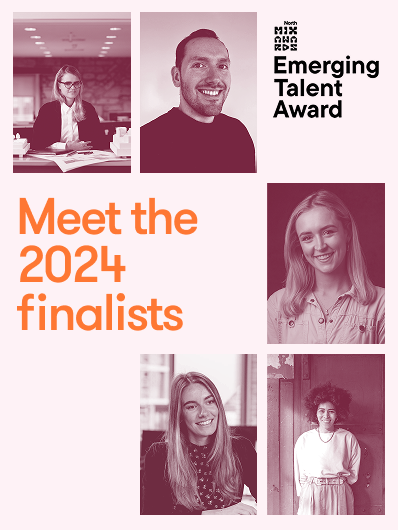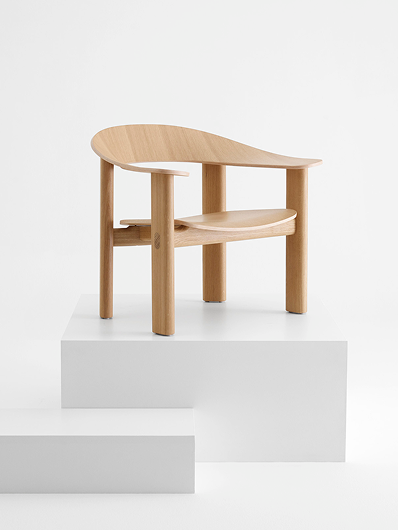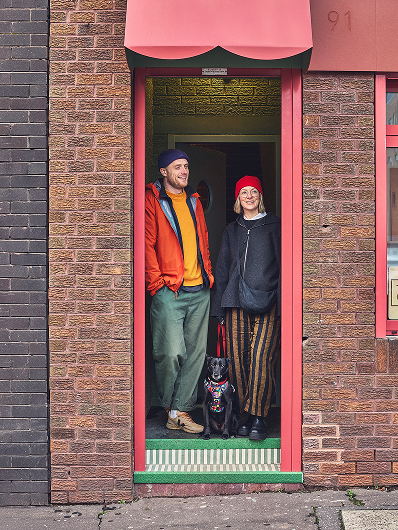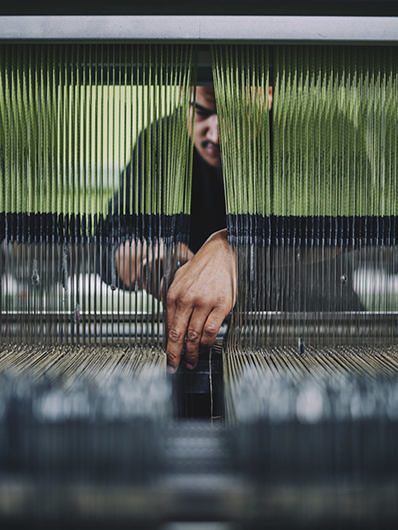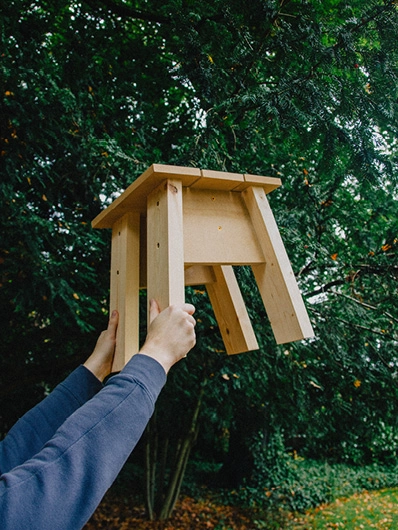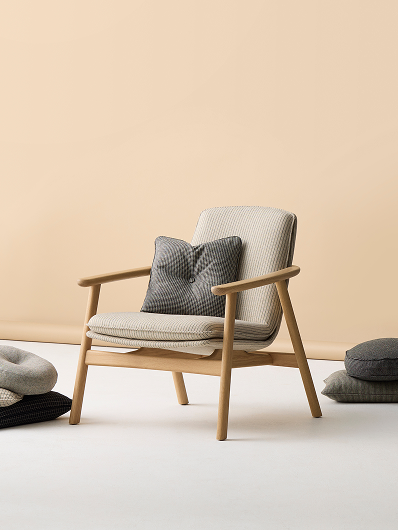New Designers: Judging for 2025
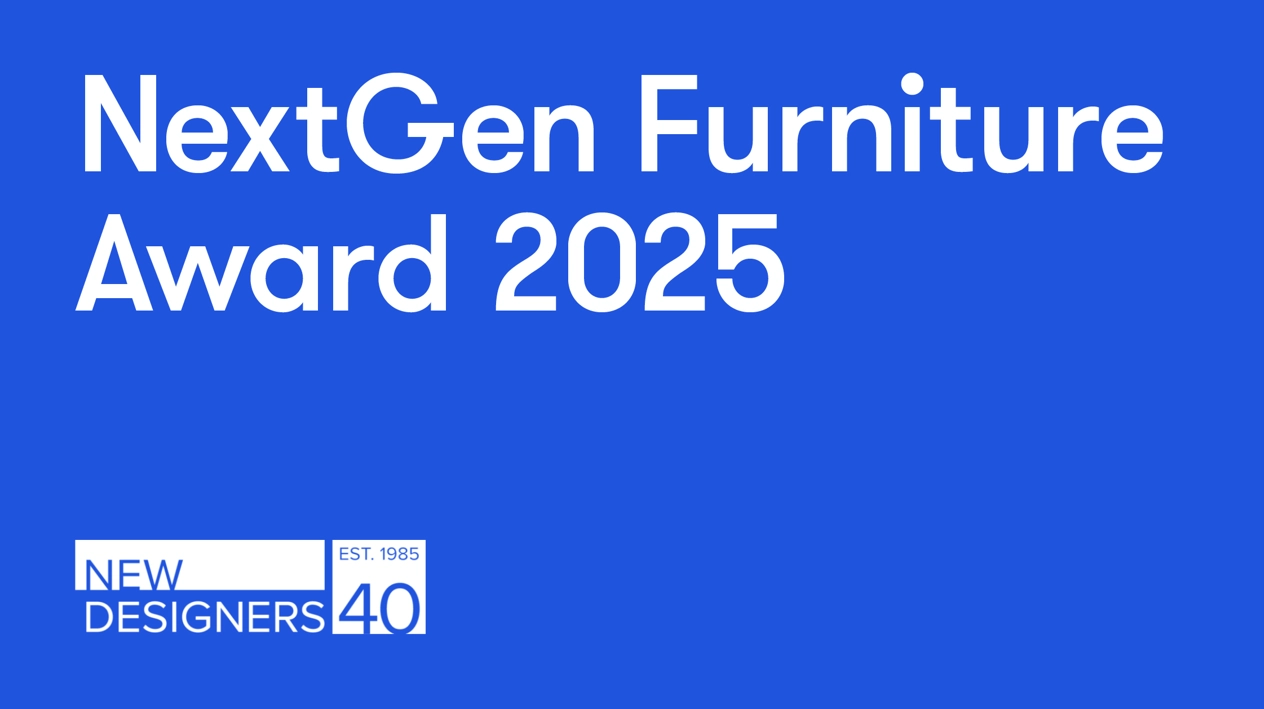
Investing in emerging talent isn’t just about supporting individuals, it’s about nurturing the ideas, perspectives, and creativity that will define the future of our industry. By recognizing and encouraging these rising voices, we’re championing a progressive and distinctly British design landscape, one that’s thoughtful, inventive, and always evolving.
This year New Designers celebrate 40 years of emerging creative talent with a line-up of alumni featuring established artists, designers and makers from across all four decades. Including our very own alumni, Katie Anderson, part of Allermuir Design Studio. Katie has been with Allermuir since 2008 starting as a project manager, fast forward 17 years and Katie now shapes Allermuir’s visual direction, overseeing projects, campaigns, and the brand’s overall creative identity.
We caught up with Katie to give you an insight into her journey since the show, what life looks like in her current role at Allermuir, and why supporting the next generation of talent matters now more than ever.
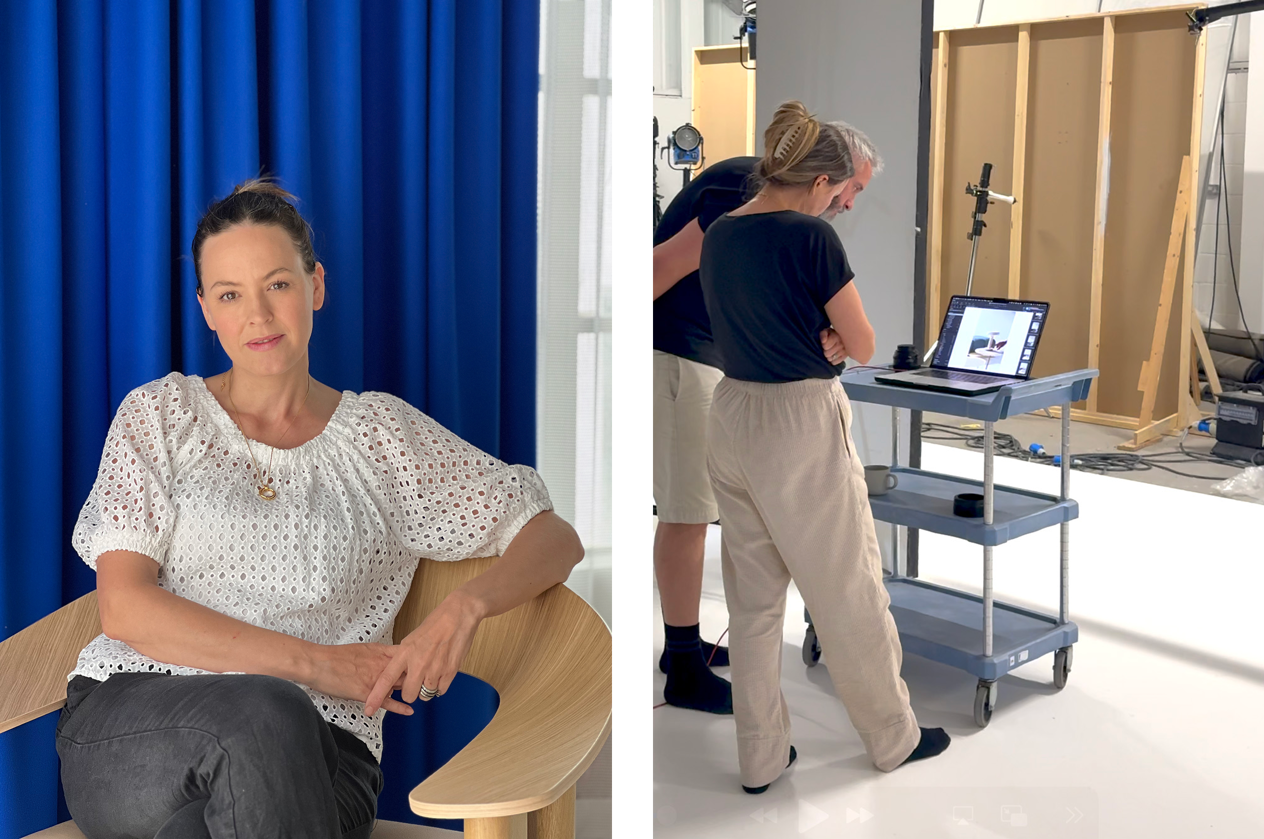
Which year did you take part in New Designers, and what work did you exhibit?
KA: I exhibited at New Designers back in 2002 after graduating from the Edinburgh College of Art with a degree in Textile Design. I showed the finished printed textile designs from my degree show together with sketchbooks and drawings. Our final year projects were very much geared towards New Designers and were quite commercial for this reason.
What steps did you take after New Designers that helped shape your career path?
KA: I met a London based Textile Print Studio manager at New Designers and I ended up freelancing for them for 12 months. During this time I created designs aimed at the interior design market which were sold all over the world including in Japan, Los Angeles, New York and Paris. As a result I became interested in interiors over fashion design (I had largely focused on the latter throughout art school). From there I moved to London and started working for Habitat in the visual merchandising team. Not long after that I joined Allermuir and my love for interiors and furniture really took hold.
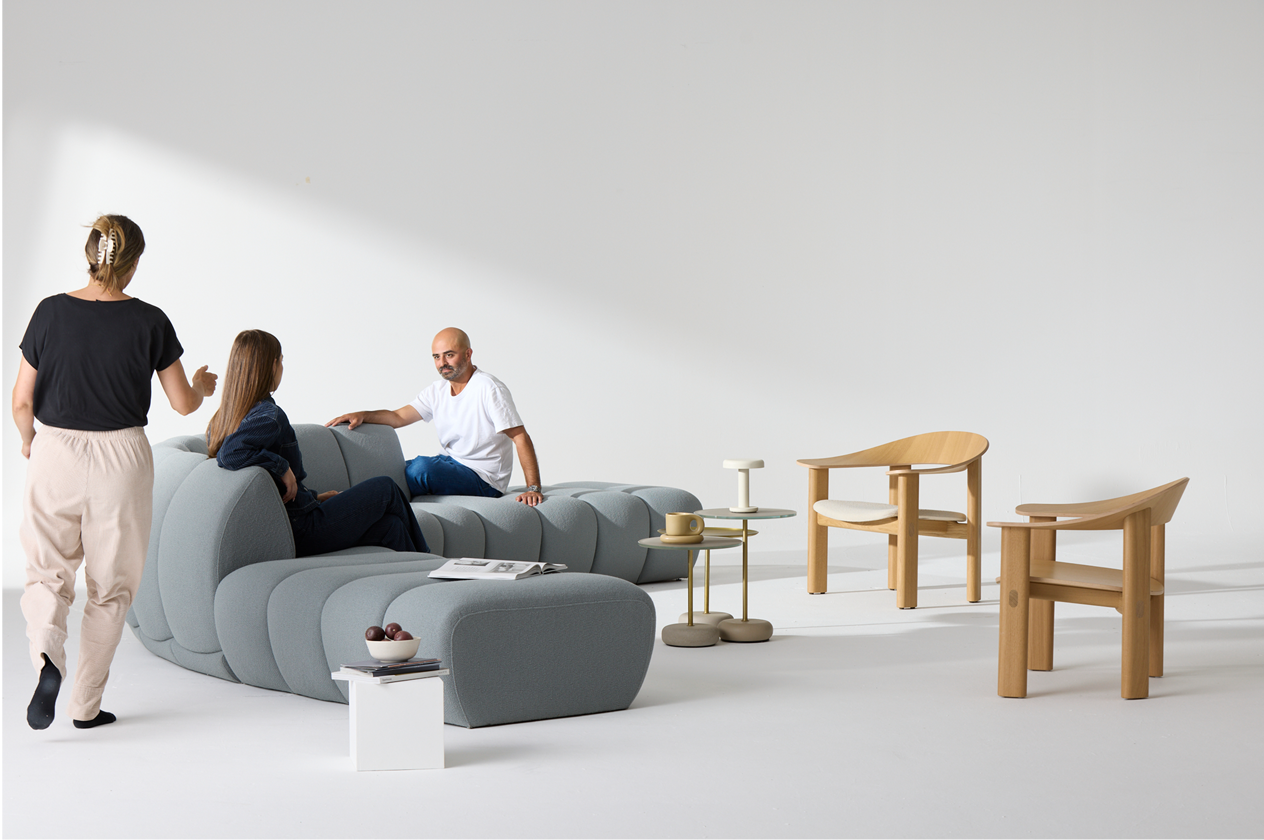
Can you walk us through a typical day in your current role?
KA: It sounds a bit of a cliché but no two days are the same. If I am working on a photoshoot I will often be in our photography studio or on location, or I could be out visiting an exhibition or a design fair. Otherwise I am based in our London design studio. I try to get into the office early on these days as I like to make sure I’m around to pick up my daughters from after school club and nursery. One advantage of this is the trains are quiet! I have breakfast at my desk, usually porridge and a cup of matcha tea, while checking my emails and prioritizing my workload for the day. A typical day in the studio usually consists of meetings with the team to plan photoshoots and campaigns or checking in with fabric suppliers. A lot of thought goes into choosing the finishes for our showrooms and photography and I like to stay up to date with any new collections on the market.

Why is it important to you to support the next generation of designers?
KA: Following a career in design isn’t easy. Designers not only need to design products that are aesthetically pleasing they need to be aware of manufacturing processes, environmental considerations and inclusivity. We need to support and encourage the next generation to play their part in finding solutions to tackle the challenges of the future.New Designers is a vital platform allowing design graduates from all over the country to get their work in front of people from across the design industry and to start conversations that could spark the beginnings of a promising new career.
What piece of advice would you offer to someone just starting out in the design world?
KA: I think I would advise them to go with their gut and trust their instincts. A career in design can come with lots of anxiety and self-doubt, there isn’t always a clear right or wrong and you can spend a lot of time overthinking. Commercially you need to know when to stop, when you’ve done enough, and when to change tack if something isn’t working. It has taken me a long time to get better at this!
Follow us to stay up to date with the latest from New Designers.
